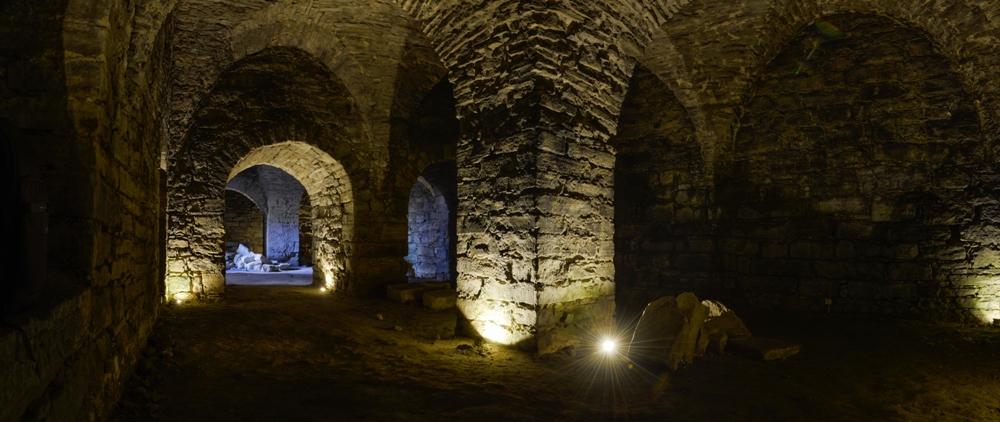 The Livonian Order originally possessed a castle in Poide, but when it was destroyed during the mass uprisings on the Night of St. George in 1343, they realized the need to rebuild. They chose the plot of land on Vaike River for its suitable harbor.
The Livonian Order originally possessed a castle in Poide, but when it was destroyed during the mass uprisings on the Night of St. George in 1343, they realized the need to rebuild. They chose the plot of land on Vaike River for its suitable harbor.
Books that have been preserved by the Order chronicle the construction of the Maasi Fortress at Saaremaa, as was written by the Brothers of the Order, and its subsequent renovations and additions. Upon further research, however, it has been found that the building’s construction went on for such a long period, that two of these Brothers passed away before its completion. In fact, the entire construction is said to have lasted at least 200 years. Research into the walls of the fortress that still stand has revealed that the fortress was comprised of a center square tower that was encased by loosely-shaped fortification walls.
It is also written that, aside from needing a new stronghold, the Livonians used the construction of Maasi as a punishment to native Saaremaas. It is said that these natives were responsible for the aforementioned mass uprisings that destroyed the Livonian Order’s original stronghold at Poide, killing all of the Germans. The German name given to Maasi was Soneburg, which means ‘punishment fortress’ – or prison. It was meant to be a place to imprison those that had cost the Livonian’s so dearly.
It is thought, based on the history of the structure, that there were two main stages of construction, the first of which was the building of a single story castle with three rooms, each of which had vaulted ceilings. At the corner joists, cannon towers rose towards the sky, and were not roofed.
Denmark and Sweden’s politics eventually sealed Maasi’s fate. The then-King of Denmark, Frederick, bought the lands of Saaremaa, thereby purchasing the Maasi Fortress, as well. Twice Sweden was able to regain control of the fortress; however, Frederick finally ordered in 1576 that the fortifications of Maasi were to be destroyed once and for all. Recently, the Estonian preservationists have begun to clean the area and work towards a conservation plan for the ruins of Maasi.
The Maasi Fortress’ ruins can be found at the 4km market on Orissaare Road, about 1500 feet north.
